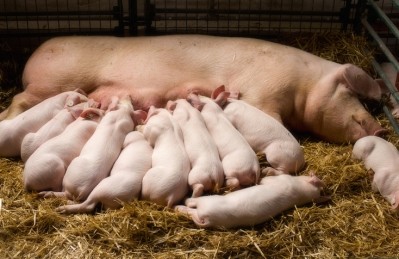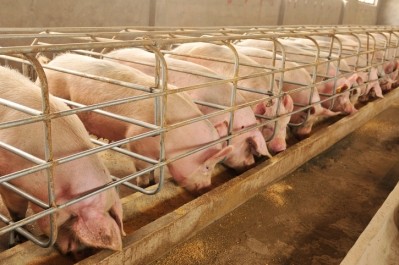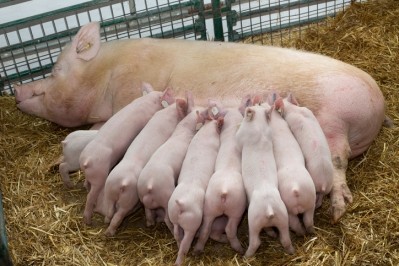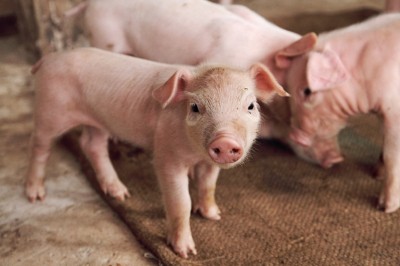Cargill opens sow research facility to study long-term nutritional effects, improve feed formulation
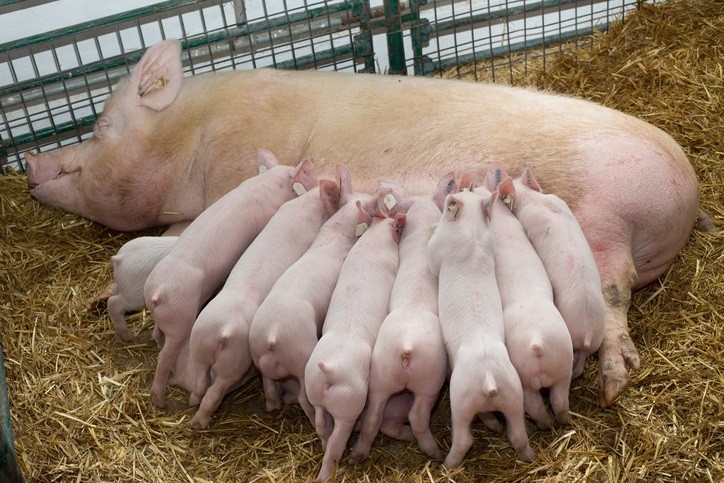
The farm in Britt, Iowa was selected, in part, because of the ongoing relationship with the owners and the proximity to the Elk River facility, said said Derek Wulf, swine technology specialist with Cargill.
The farm continues to be owned by John and Becky Hejlik who have been long-time customers and are known for raising heavy-weaned pigs. Cargill started leasing the site on October 1.
The applied research center is expected to provide information to allow the company to build better nutritional strategies for sows. The farm includes gestation, lactation and gilt development areas and the facilities to keep almost 2,000 sows.
In addition to being customers with Cargill, the Hejliks also were interested in taking part in global research, he said.
The goal of establishing the application center was to find a way to monitor how the use of feed products with a sow influences the responses of the piglets produced from birth through final market weight, said Wulf.
“Cargill plans to continue to research the impact of sow nutrition as it relates to offspring growth performance and health throughout its lifetime, which will lend itself well to our piglet and sow vitality research,” he told FeedNavigator.
The application farm also is located close to Cargill’s Elk River Innovation Center in the neighboring state Minnesota, he said. “[This] allows Cargill to leverage its research resources in both facilities,” he added.
Research priorities and facility interaction
“Everything related to pig livability is our focus for sow research,” he said. “With John [Hejlik] retaining ownership of the pigs, it now gives us the ability to also look at how those pigs we are producing go on to perform and produce after they leave the sow farm and how the technology we are working on in sows is affecting pigs all the way through the lifecycle.”
Additionally, there is expected to be some interaction with the Elk River site, said Wulf.
“The advantage here is that replacement gilts are developed in Elk River to populate the herd in Iowa and we then ship a portion of the weaned pigs produced in Iowa back to Elk River for further research in young animal nutrition and finishing nutrition,” he said. “It gives us a very complete picture of how decisions we make impact all the other areas of production and performance.”
